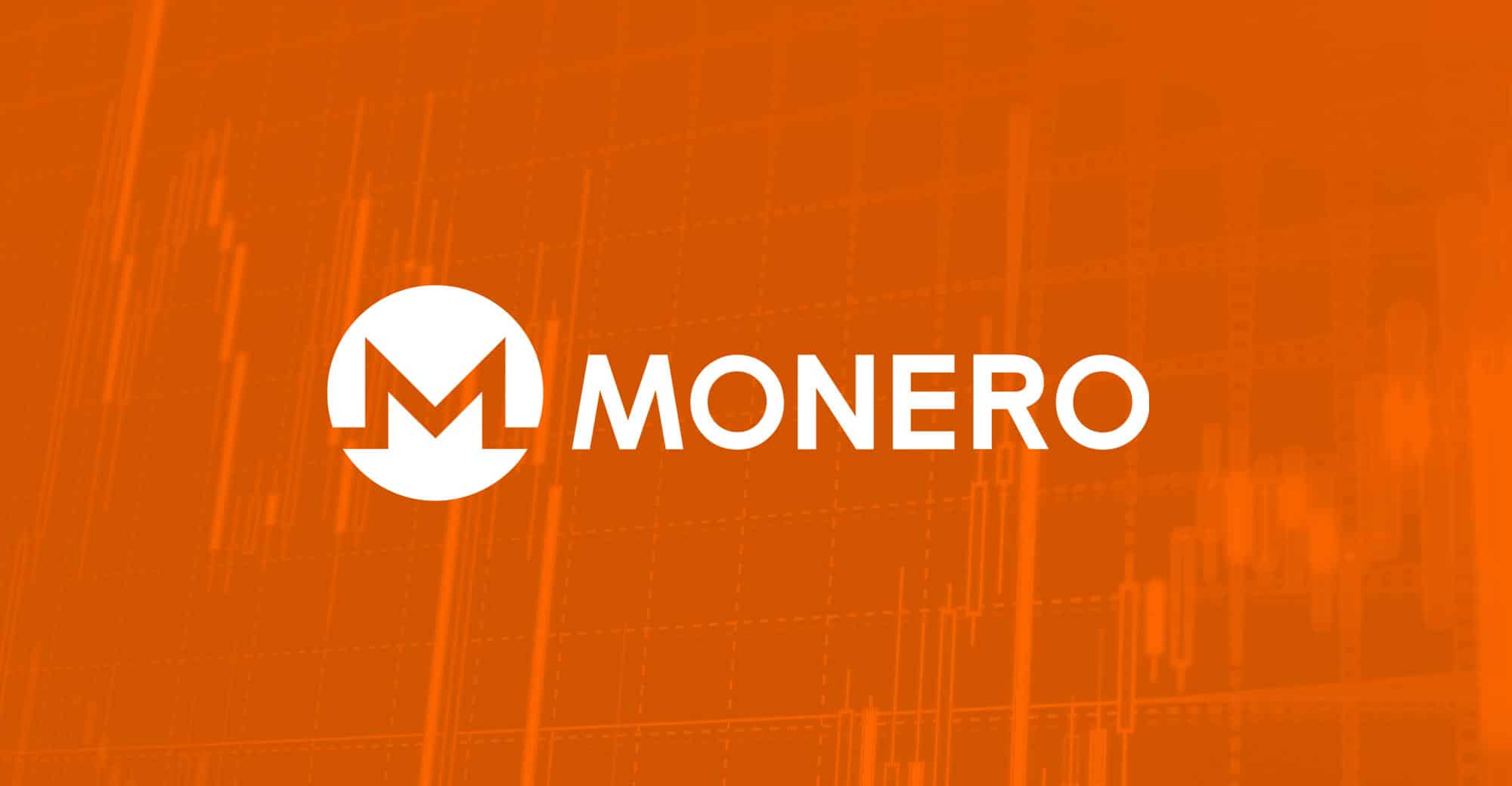Monero Transaction History Could Be Revealed and Exposed

Monero is a privacy-centric digital currency that incorporates transactions not capable of being linked as one of its primary offerings. A research paper questioned this ability. The research probed how this crypto currency’s transactions complicate their origins. It divulged that Blockchain analysis could possibly generate transactions being linked, if those happened prior to 2017. Monero developer Riccardo Spagni (Fluffy Pony) explained the issue is known and 80 percent of those transactions cannot be traced.
On the other hand, Coin Telegraph met with one of the authors of the paper, Andrew Miller, an assistant professor at the University of Illinois (Urbana-Champaign), who claimed different things.
Interview with Coin Telegraph
Andrew Miller said a big number of Monero transactions from 2014 to 2016 may possibly be linked. What does this mean? For Bitcoin, transactions point to outputs of past transactions. Monero has the capacity to block out the linkage by including mix-ins in an transaction.
The linking process can be performed using a basic algorithm. It can be run by individuals with a copy of the Blockchain, although nobody on record has accomplished any linking yet. According to Miller, they assessed two ways of linking old transactions. The first is conclusive linking, meaning one specific transaction is associated with another which applies solely to older transactions.
The second entails a bit of ambiguity. It is partiality in the way that mix-ins are detected. It is possible to guess the newest coins are authentic and verify you are correct through random speculation. How can a transaction be linked? Download a Monero wallet and try to send coins for a transaction. Anyone who wants to do this will use the RingCT transactions along with the default number of mix-ins.
RingCT is a technique for concealing the amount of money remitted in a Monero transaction. RingCT introduced a better adaptation of cryptographic ring signatures although there is no way of determining the genuine one because all of them look legit. The multi-layered, unstructured and linkable signature permits the following:
- Hidden amounts
- Origins (transactions)
- Destinations (transactions)
This is done with practical efficiency and supportable as well as trustless coin generation. There is a one out of five probability for attackers to have the chance of connecting spent transactions to withdrawals.
Mr. Miller claims purchases made during the latter part of 2016 could easily be linked. Attackers might have records of where you receive the coins such as an exchange or where these were used like a vendor. Take the case of a person who purchased Bitcoin from an exchange compliant with Know your Customer (KYC) or Anti-Money Laundering (AML) laws. Then, he exchanged the BTC to XMR and made a purchase. Is it possible to determine the identity? The answer is yes if the merchants log is traced.
Miller has been a consultant for ZCash and TEZOS as well as Ethereum for several years. However, this could mean his claims as mere attempts to discredit competitors. Everything thous should be taken with a grain of salt. ZCash is an open-source and decentralized crypto currency built by Zero Coin Electric Company (ZECC). It offers complete confidentiality and discriminatory transparency. TEXOS is a smart contract platform allowing users to encode anything from lotteries to insurance policies and crowd-funding contracts.
Position of Monero
Fluffy Pony ensures the research is not the issue. The problem is the paper was portrayed as alleging that Monero is not capable of providing anonymity. It was published just an hour prior to the hardfork. One of the authors even praised the paper as proving the grave secrecy weakness of this virtual currency. They were not researchers striving to improve the environment but paid by ZCash and its associates to malign Monero.
Currently, Monero remains at the helm of the obscurity race ahead of Bitcoin and other crypto currencies because of innovation. Likewise, XMR has been adopted by darknet markets given the ability to ensure total privacy for users. Monero together with Z ash and Dash guarantee confidentiality for users. Bitcoin does not have this distinct feature.
The price of Monero increased twofold recently (approximately $23) while it was a volatile period for Bitcoin and other currencies. Cyber criminals have been fascinated by XMRs potential of greater secrecy and used Monero in the Black Markets. Notorious merchants who are engaged in malware and other illegal merchandise told CYBERSCOOP they observed a slow but evident growth in the use of Monero recently. CYBERSCOOP is a prominent media firm in the public sector accessible to cyber security experts online and offline.
As a background, XMR was started by a pseudo-anonymous hacker more than two years ago. This was the time when numerous scams affected efforts to develop these anonymous coins. When Monero emerged, Bitcoin was prevalent in dark net marketplaces and being monitored by law enforcement worldwide. The developer of Monero became obscure while the currency floundered. Last year, the price of XMR suddenly surged by 2,760%.
Source: Read Full Article

